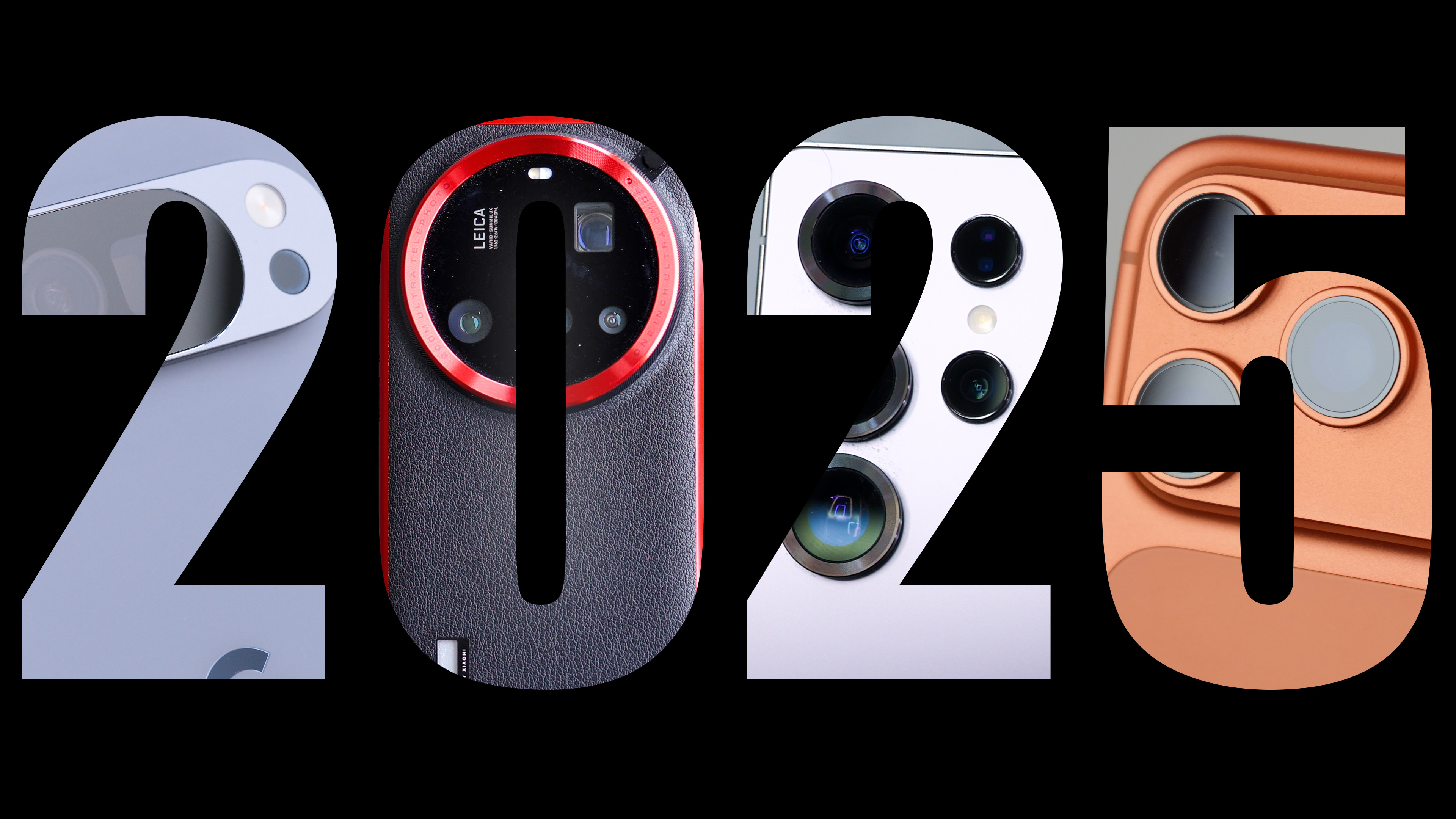Sony Alpha A9 II breaks cover but the upgrades are evolutionary
Here a tweak, there a tweak, but underneath it's the same A9 that first wowed sports photographers in April 2017
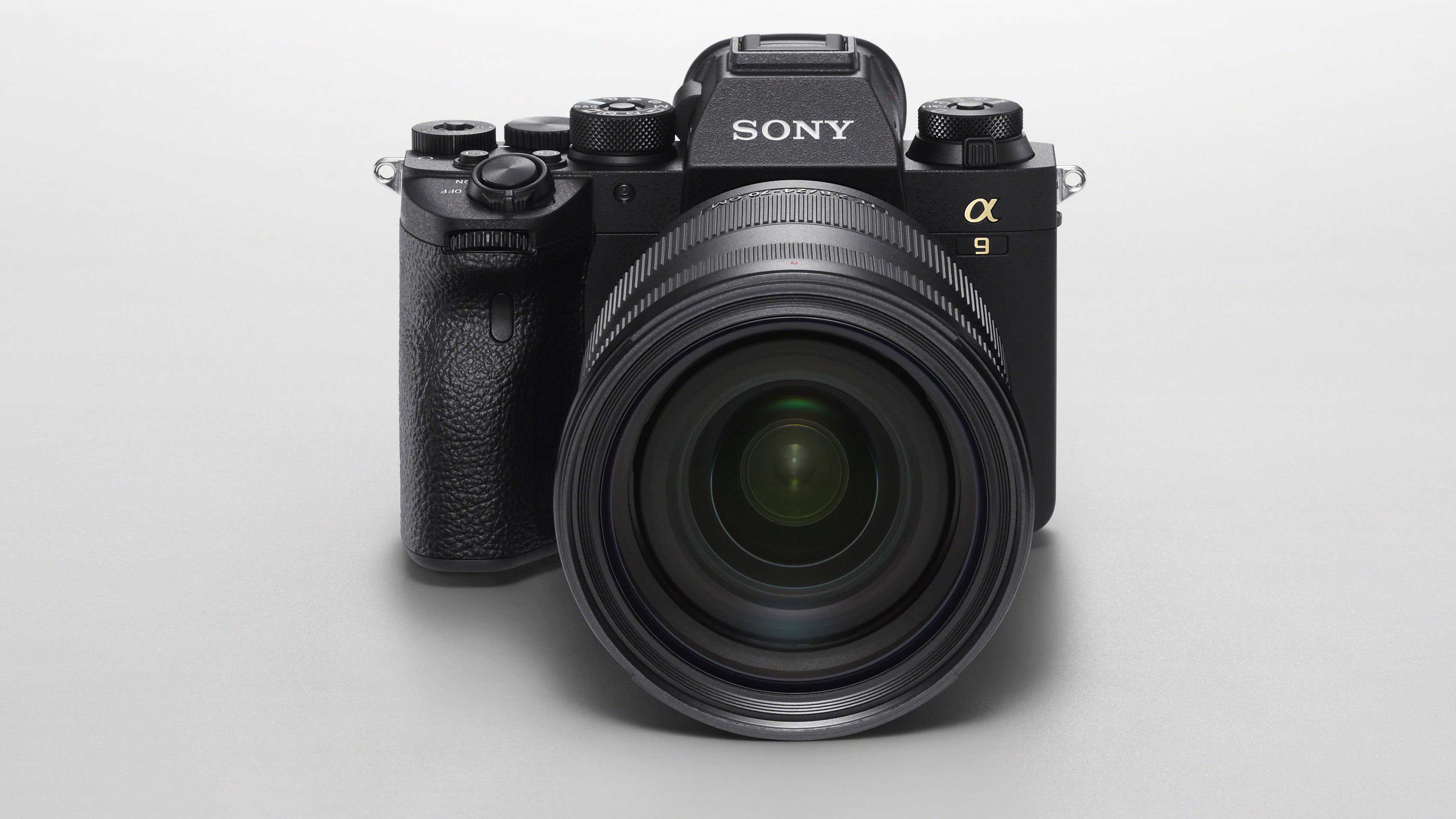
Rumors have been circulating that a new Sony A9 Mark II was on the way, with all sorts of speculation about what it might be able to do, and it's suddenly dropped with little or no fanfare.
As we previously reported, speculation about the new camera's specs was rampant, though the reality has proved a bit more sober. To the casual observer, it might look as if nothing much has changed, but to pro photographers Sony's updates could prove just the incentive they need to upgrade their current Sony body or even switch systems.
To be fair, Sony pretty much hit the nail on the head with the original Sony A9, with a 24MP sensor capable of capturing images at 20fps with no viewfinder blackout, silent shooting and a super-sophisticated AF system. All it needed was some pro lenses to go with it, which Sony has been steadily supplying. In a notoriously conservative part of the market, the Sony A9 is already one of the best cameras for professionals in sports and action photography and, of course, it's also on our list of the best Sony cameras.
• Sony has released a video highlighting the new features here:
Sony A9 Mark II new features
One of the improvements in the Sony Alpha A9 Mark II is in the design of the body, and in particular its durability. We weren't aware of any durability issues in the original, but Sony has nevertheless beefed up the camera's weather sealing to cope with the harsh conditions it's likely to be used in.
Image sharpness is said to be improved thanks to a low vibration shutter design and improvements to the in-body stabilization, now rated at 5.5 stops.
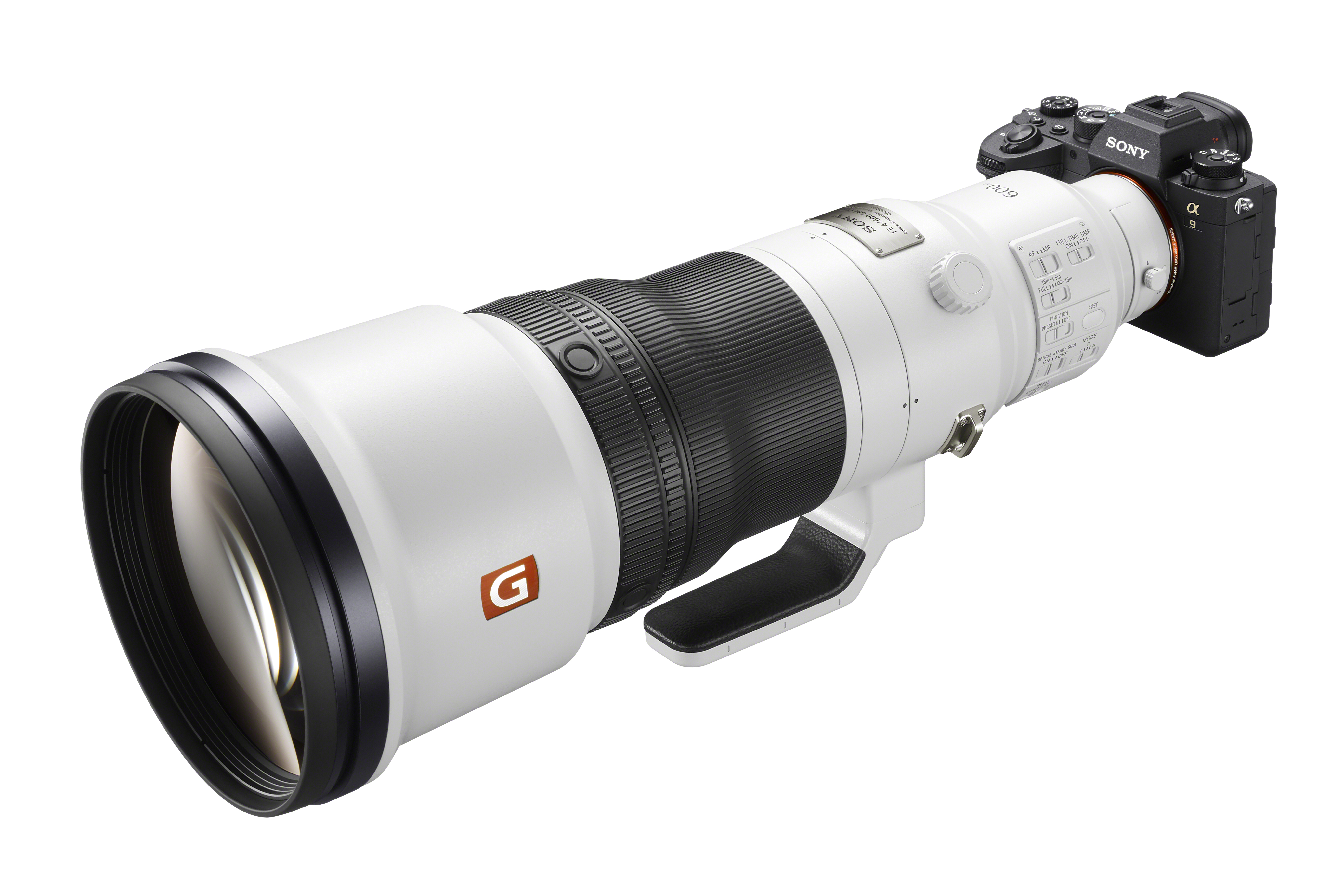
The connectivity has been upgraded too, with a speed improvement from 100MB/s to 1GB/s Ethernet and 2.4/5GHz wireless LAN support, together with a USB 3.2 Gen. 1 port. Remote shooting gets a boost, with the ability to format a memory card remotely, for example, via Remote Camera Tool 2.1 software. It's also possible to attach voice memos to images, to give instructions to the picture desk back at base, for example.
The best camera deals, reviews, product advice, and unmissable photography news, direct to your inbox!
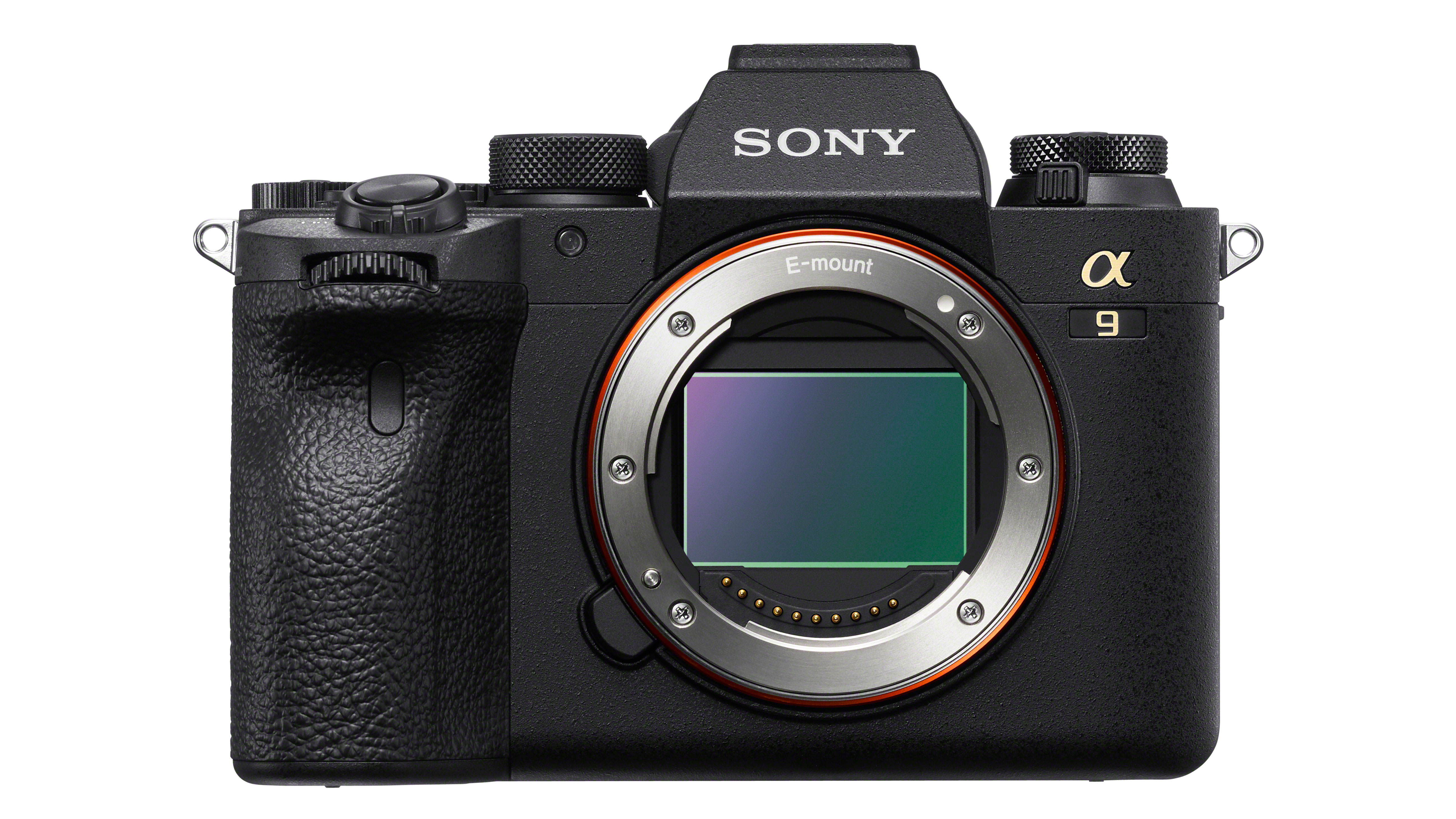
Sony also says it's worked on the speed of the A9 Mark II, with improvements to the BIONZ X image processor speed that improves viewfinder image latency, amongst other things. And, crucially, the new model an uprated mechanical shutter now capable of 10fps shooting compared to 5fps in the Mark I camera (the mechanical shutter is useful in certain artificial lighting conditions that can affect the electronic shutter).
As ever with a new Sony camera, the AF has been uprated and improved, now with Sony's Real-time AF tracking tech. It's now possible to change the focus frame color selection, and move the focus frame even with the shutter release or AF-ON button half pressed. You can use the touchscreen for Touch-Tracking now.
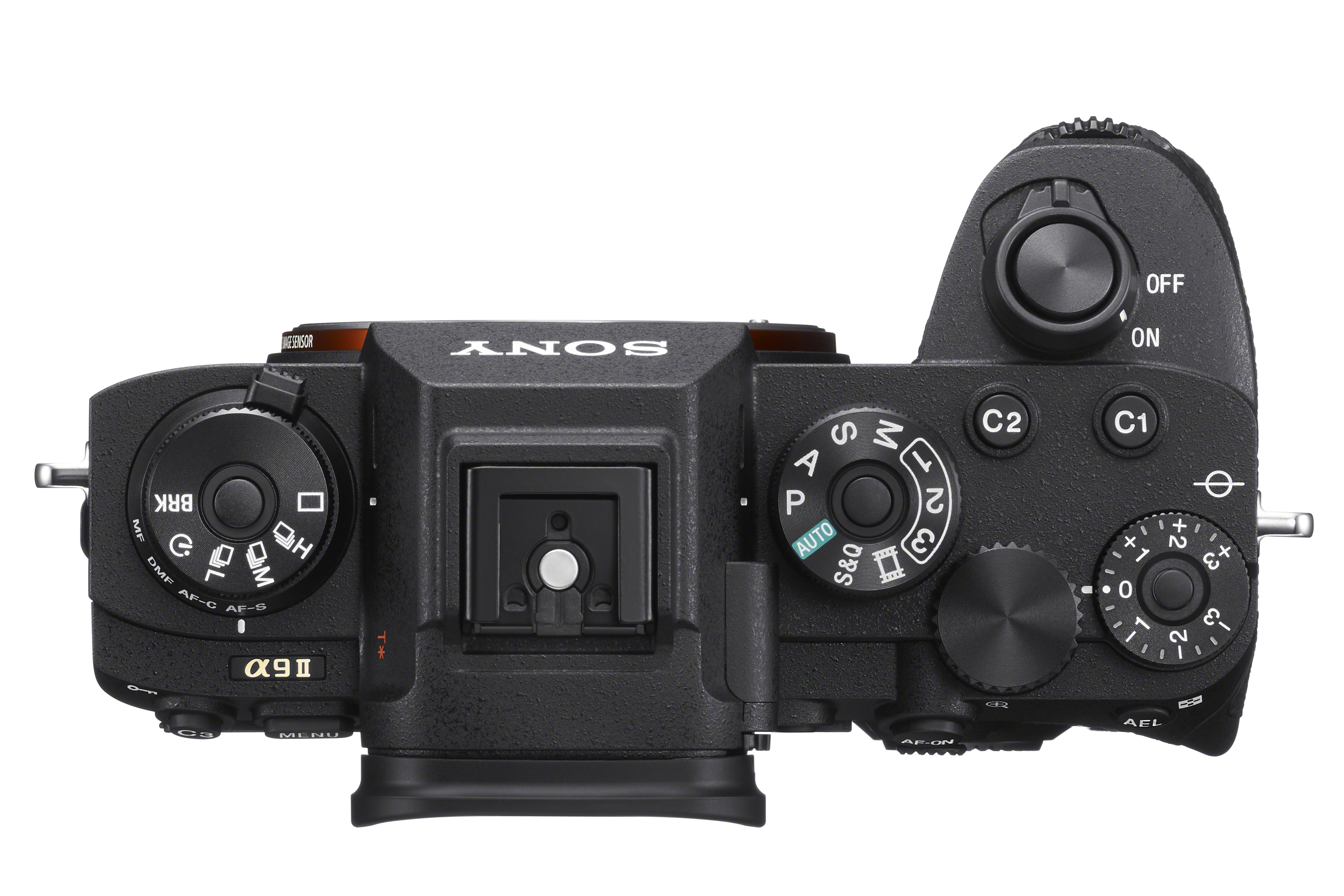
Is this a big upgrade?
To the casual observer it might not sound like it, but professional press and sports photographers have a very different and specific set of requirements, often revolving around things the rest of us don't need or even think about. Sony claims the A9 Mark II has no fewer than 43 improvements over the original model.
The Sony A9 Mark II goes on sale in October 2019 at $4,500 in the US and a somewhat higher £4,800 in the UK. Interestingly, we hear that the original A9 may stay on sale at a lower, 'more accessible' price.
Read more:
• These are the best cameras for professionals right now
• Find out which are the best Sony cameras to get

Rod is an independent photography journalist and editor, and a long-standing Digital Camera World contributor, having previously worked as DCW's Group Reviews editor. Before that he has been technique editor on N-Photo, Head of Testing for the photography division and Camera Channel editor on TechRadar, as well as contributing to many other publications. He has been writing about photography technique, photo editing and digital cameras since they first appeared, and before that began his career writing about film photography. He has used and reviewed practically every interchangeable lens camera launched in the past 20 years, from entry-level DSLRs to medium format cameras, together with lenses, tripods, gimbals, light meters, camera bags and more. Rod has his own camera gear blog at fotovolo.com but also writes about photo-editing applications and techniques at lifeafterphotoshop.com

